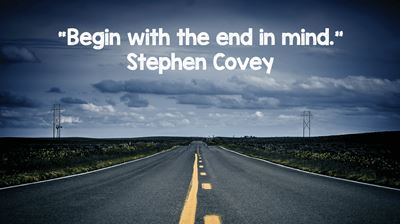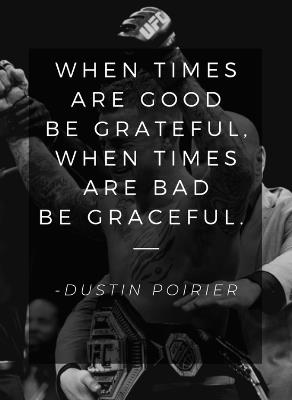In this post ‘How Effective is your Digital Body Language? Let’s find out…‘, Charlene Li reports on her conversation with Erica Dhawan, the author of a book on Digital Body Language. A passage in particular has attracted by attention: “reading carefully is the new listening, and writing clearly is the new empathy.”

Attention on reading is now very scarce as we see so many messages on our digital platforms and it is true that reading carefully is akin to modern listening skills.
The authors goes on to recount how proper skills at digital communication is also essential in the field of empathy. Since communication is now going through the written word on electronic messages, conveying empathy through this medium is now an essential skill.
“You can’t get away with showing empathy in traditional body language only. We must master the skills of digital body language to build a culture of empathy and respect and showcase that we’re listening and that we value each other.“
The post goes on to highlight 3 recommended practices:
- Assume good intent
- Practice virtual water cooler moments
- Show your vulnerabilities
The digital age requires new skills and we’d better pay sufficient attention to developing those to remain effective in communicating in particular to the younger generations!











